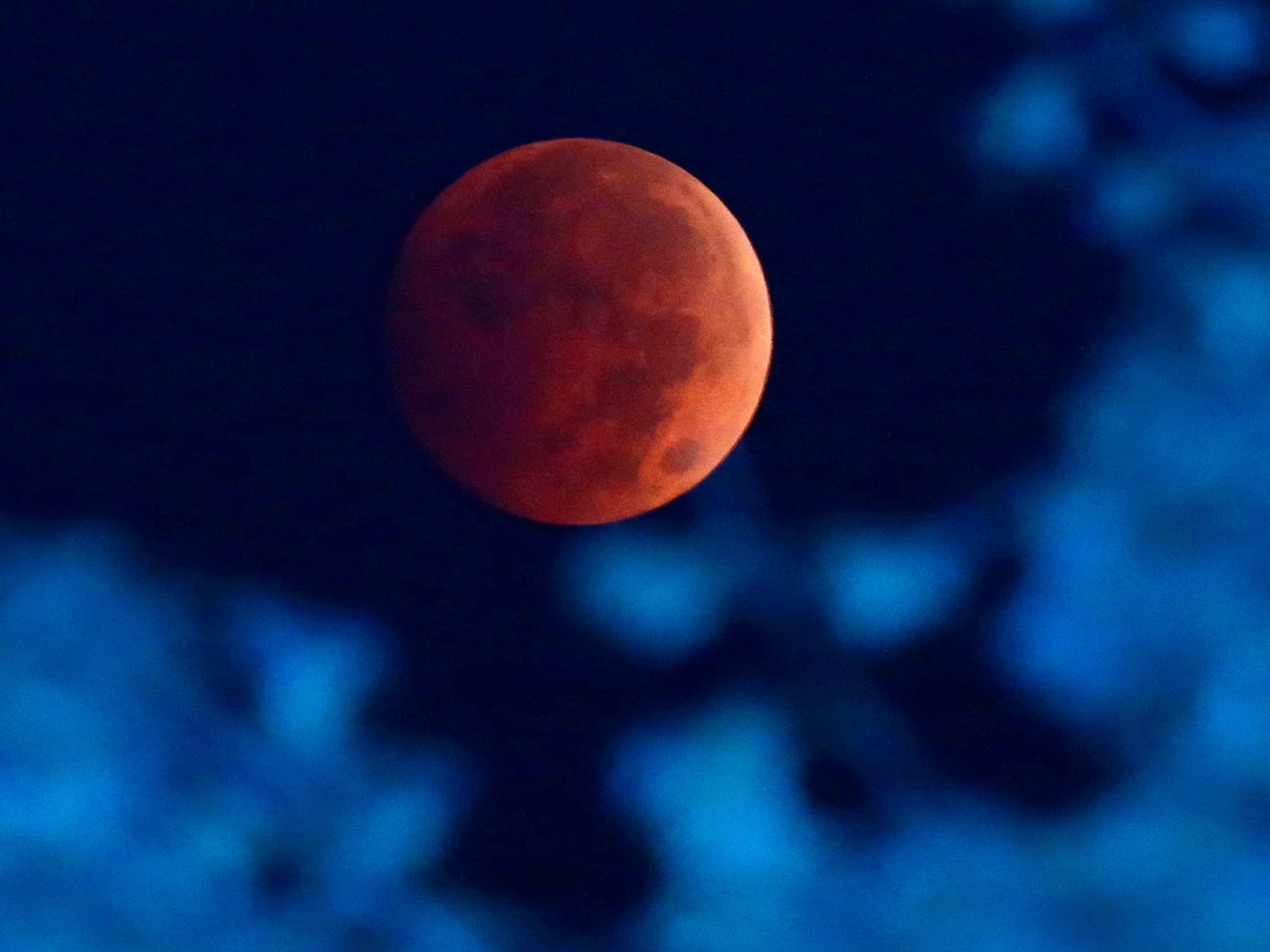Blood Moon, lunar eclipse, Supermoon 2015: what time and how to see the moon’s most spectacular night in 30 years
On the night of 27 September, the sky will see some of the most stunning views in living memory

Your support helps us to tell the story
From reproductive rights to climate change to Big Tech, The Independent is on the ground when the story is developing. Whether it's investigating the financials of Elon Musk's pro-Trump PAC or producing our latest documentary, 'The A Word', which shines a light on the American women fighting for reproductive rights, we know how important it is to parse out the facts from the messaging.
At such a critical moment in US history, we need reporters on the ground. Your donation allows us to keep sending journalists to speak to both sides of the story.
The Independent is trusted by Americans across the entire political spectrum. And unlike many other quality news outlets, we choose not to lock Americans out of our reporting and analysis with paywalls. We believe quality journalism should be available to everyone, paid for by those who can afford it.
Your support makes all the difference.On Sunday night, the moon will be both its brightest and its darkest in the year. But if you’re looking up to the sky, you’ll want to make sure you time it right — the full show will only last for about 71 minutes.
The two events will happen late on 27 September, and in the early morning of 28 September.
The first part of the night, the Supermoon, will last all evening. Heading out and looking at the sky at any time during the night — and to a lesser extent the days around it — will allow you to see what’s set to be a brilliant full moon.
But then the brightest moon of the year will gradually be plunged into darkness, as the lunar eclipse begins. When the Earth moves between the sun and the moon, it sends it dark — and then as the light bends around our planet on its way from the sun, it will turn it red, and the bloody colour of the moon gives it its name.
The two events occurring at once hasn't happened in 30 years.
It is the blood moon that has got some people excited about the end of the world, because this weekend’s marks the fourth in a pattern of lunar eclipses.
The exact colour of the moon will depend on the amount of dust in the atmosphere, so nobody can be absolutely sure what the event will look like.
The moon will start going into partial eclipse at 12.07am in the UK. The lunar eclipse will then become total from 1.11am until 2.23am. The eclipse will then end entirely at 4.27am.
The events should be well visible for those in western Europe, western Africa, the Americas and across the Atlantic Ocean.
The sky is forecast to be clear across many of those locations, meaning that it should be at least partly visible in most places.
No special equipment is needed for seeing either the Supermoon or the eclipse, though the latter will look even more spectacular through binoculars.
Join our commenting forum
Join thought-provoking conversations, follow other Independent readers and see their replies
Comments